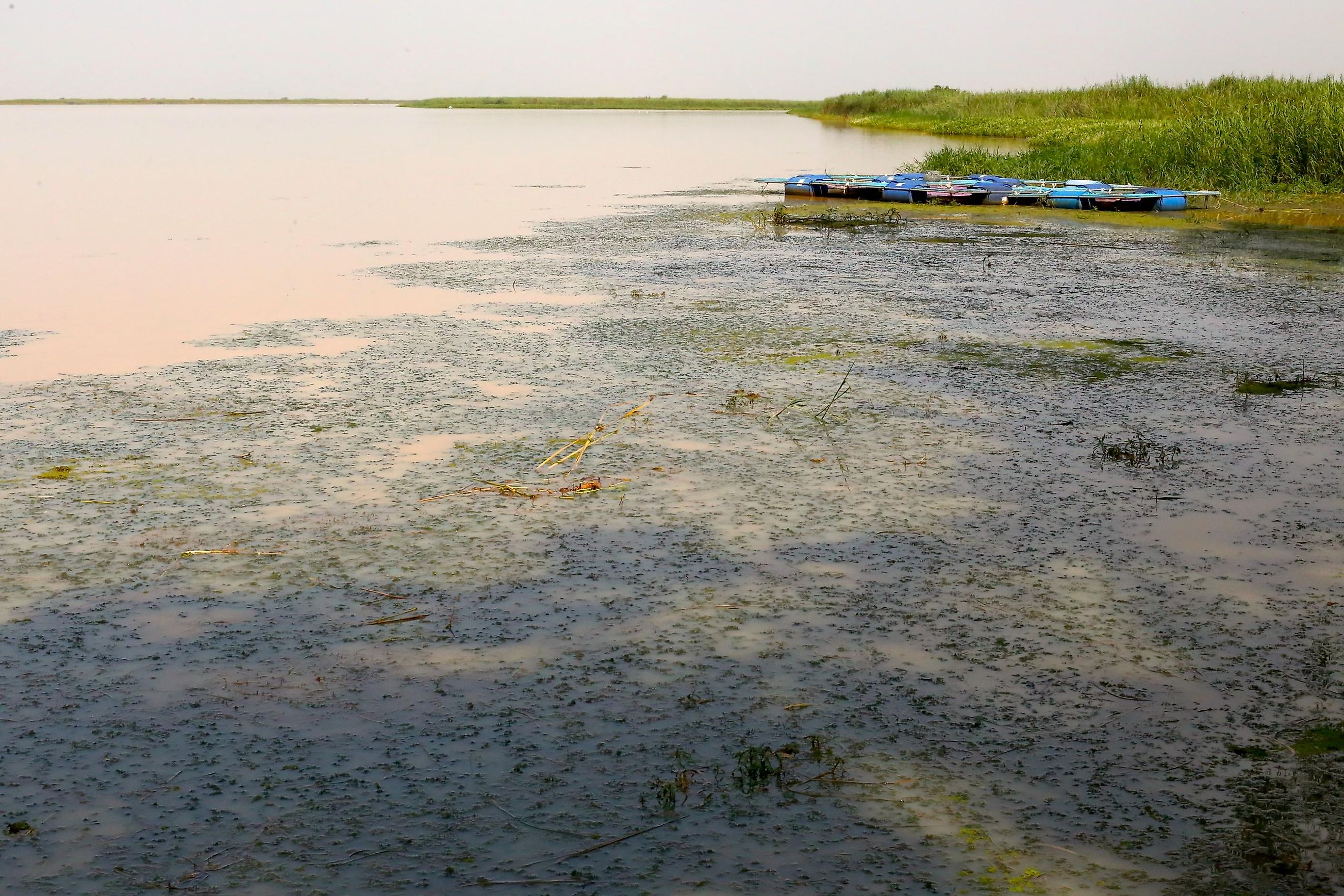
Lake Guiers
Covering an area of 232 km2, The Lac de Guiers, or Lake Guiers, is the only lake in Senegal. This lake is the primary water source for the country and provides 50 km of fertile shores. Lake Guiers has a system of sluice gates that allows control of water exchange between the lake and the Senegal River. It provides water for irrigation, urban water supply, and various household uses to over 16 million Senegal inhabitants, granting this essential resource year-round.
Geography
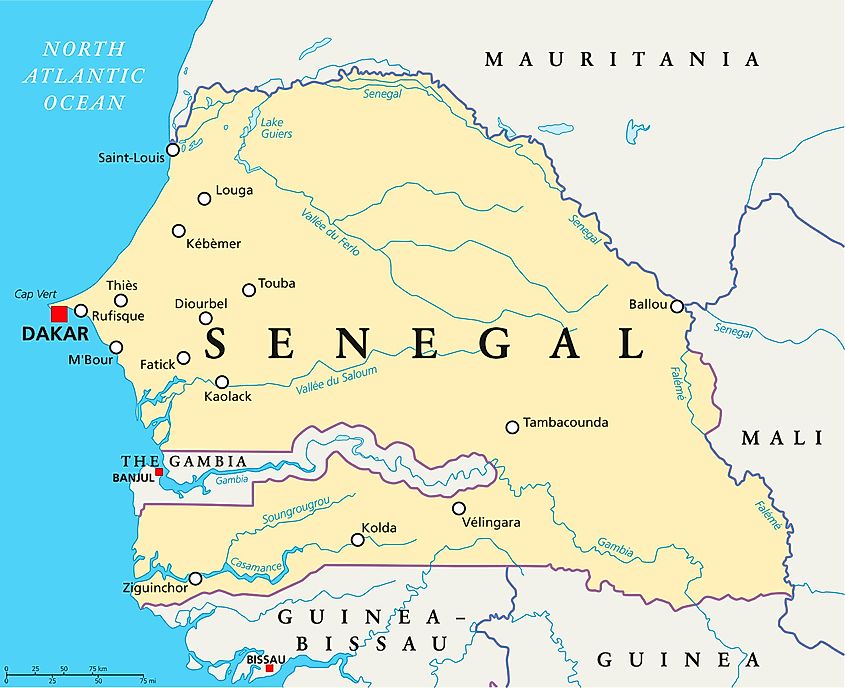
Lake Guiers is about 35 kilometers long and 8 kilometers wide. Its drainage basin covers 45,119 km2, providing water to northern Senegal. The lake is supplied primarily by the Ferlo or Bounoum River. Water flows out to the Senegal River and proceeds north through the Taouey Canal, which was straightened and canalized as it passes through the town of Richard Toll. A dam was built in 1916 to prevent saltwater from flowing in. The Guiers Lake waters are relatively shallow; it has an average depth of 2.5 meters with a maximum depth of 4 meters. This shallow lake is quite similar to Lake Chad, but its size permits a more accessible ecosystem study.
Climate
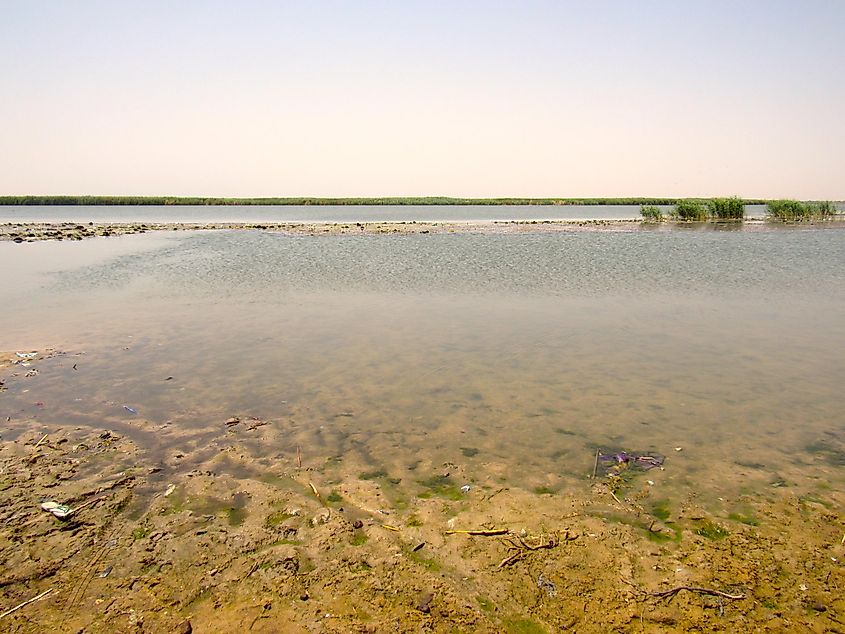
Lake Guiers possesses a Sahelian climate that grants an influx of water during the summer months. The temperature range is from 23 to 30 degrees Celsius throughout the year. Several case studies have analyzed Lake Guiers and its everchanging water levels to predict and study climate change. For example, the joint research from the University Assane Seck of Ziguinchor in Senegal and the University of Bonn in Germany aims to investigate climate change detection and projections for Lake Guiers Basin by analyzing precipitation, evaporation, and air temperature related to observed extremes. It also assesses water availability in the reservoir under climate change scenarios. The resulting projections show that climate change's impact should not significantly impact the water availability of Lake Guiers. Still, rigorous monitoring of the physical conditions in local hydrologic systems, in particular, will be needed to provide early warnings of change as well as baseline information with which to support future management decisions.
Brief History
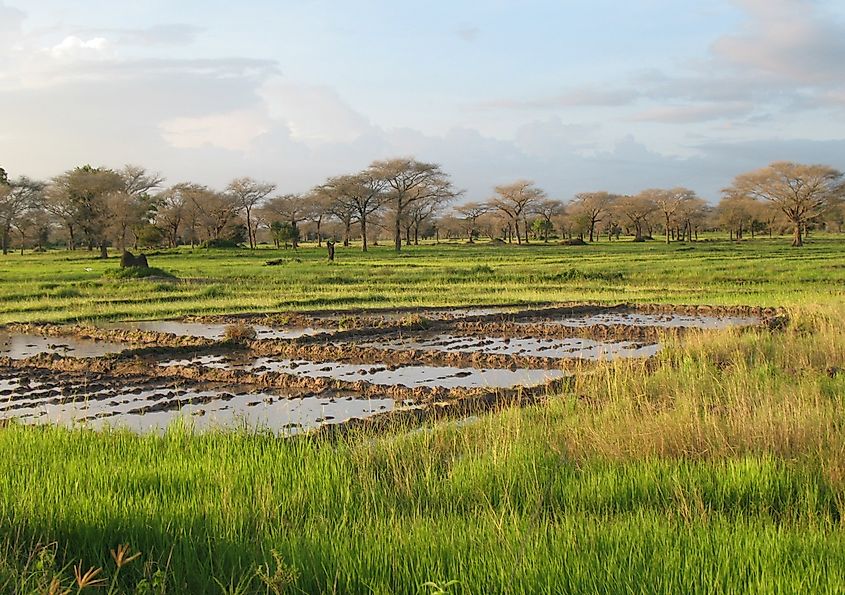
The first modifications around Lake Guiers date back to the 1950s, with the damming up of the northern region and the closing of the southern and western outflows, making it into the country's largest freshwater reserve. The lake water was first used to irrigate rice fields, then for the 7500 ha of sugar cane cultivated nowadays. The lake supports several small agricultural installations found all around its periphery. Since 1985, the Diama Dam has modified the hydrology of Lake Guiers. This river dam, located 100 km downstream from the lake, was built to prevent seawater inflow in the lower valley of the Senegal River. The absence of relief previously allowed seawater intrusions up to 250 km inland. The river water would thus become brackish, limiting the development of irrigated cultivated land. A second dam (Manantali in Mali), built to regulate the floods, is situated 1200 km upstream; it has been used since 1987. Before 1933, hydrology and the lake's water level depended on the importance and duration of the annual river flood. Extreme conditions were reached in 1984 when the lake was almost completely dried up. Since 1985, the effects of the Diama dam have been discernible. Water is permanently available in the river, and the lake can be filled several times yearly, and its water levels are more stable and higher.
Lake Guiers' Wildlife
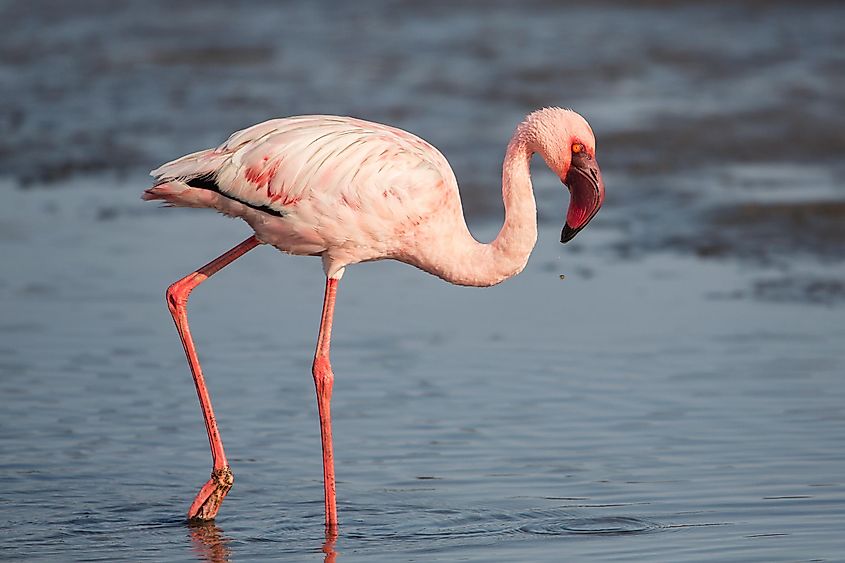
Lake Guiers is home to a variety of wildlife, including several species of fish, mammals, and birds. The lake is designated as an Important Bird Area by BirdLife International. The species found on the lake are the lesser flamingo, glossy ibis, Eurasian spoonbill, African spoonbill, white-winged tern, and river prinia. The site is crucial for breeding colonial waterbirds, such as mixed colonies of herons, egrets, spoonbills, and ibises. The numbers of many species depend very much on water levels within the lake and in other large water bodies in the region. The lake contained a resident population of the African manatee, the only manatee species to be found in the "Old World."
Importance Of The Lake
Being the sole water reserve, the Lake of Guiers is a chief source of fresh water for Dakar, hundreds of kilometers to the southwest, through underground pipes. The north shore and surrounding area have been transformed into a sizeable sugar-growing region irrigated with water from the lake. On top of the sugar cane agriculture, the lake water is also used for animal herds, urban water supply, and domestic use.











